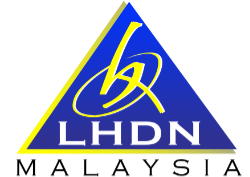8.2.1 Ownership of Intangibles
- In transfer pricing cases involving intangibles, the determination of who are ultimately entitled to share in the returns derived by the MNE group from exploiting the intangibles is crucial. This includes issues regarding who should ultimately bear the costs, investments and other burdens associated with the DEMPE of the intangibles. Although a legal owner of an intangible may receive proceeds from exploitation of the intangibles, other members of the group may have performed functions, used assets, or assumed risks that contribute to the value of the intangible. Members of the MNE Group performing such functions, using such assets, and assuming such risks must be compensated for their contributions under the arm's length principle.
- The legal owner will be considered to be the owner of the intangible for transfer pricing purposes. If no legal owner of the intangible is identified under applicable law or governing contracts, then the member of the MNE Group that controls decisions concerning the exploitation of the intangibles and has the practical capacity to restrict others from using the intangibles will be considered to be the 'legal' owner for transfer pricing purpose.
- In identifying the owner of intangibles, the intangible and any license relating to that intangible are considered to be two separate and distinct intangibles, each having a different owner. Intangible registration and licensing agreements can help identify the legal owner of the intangible and the owner of the license.
Example 1
Company A, the legal owner of a trademark, may provide an exclusive license to Company B to market and distribute goods using the trademark. The first intangible is the trademark, which is legally owned by Company A. The second intangible is the license to use the trademark in connection with marketing and distribution of trademarked products, which is legally owned by Company B. Depending on the facts and circumstances, marketing activities undertaken by Company B pursuant to its license agreement may potentially affect the value of the underlying intangible legally owned by Company A, the value of Company B's license or both.
- If the legal owner neither performs the functions, nor control the functions or risks related to the development, enhancement, maintenance, protection or exploitation (DEMPE) of the intangible, the legal owner would not be entitled to that portion of return associated with the performance of the functions or the control of the functions and risks relating to the DEMPE of the intangibles. The final return to the legal owner will depend on its contributions and the contributions of the other members of the MNE Group to the value of the intangible. This value is attributable to its functions, assets and risks related to the DEMPE of the intangibles
